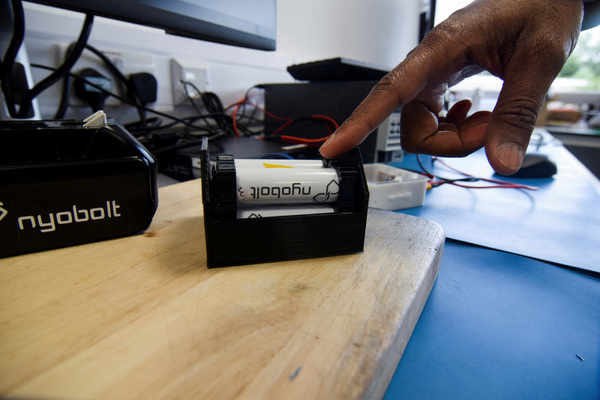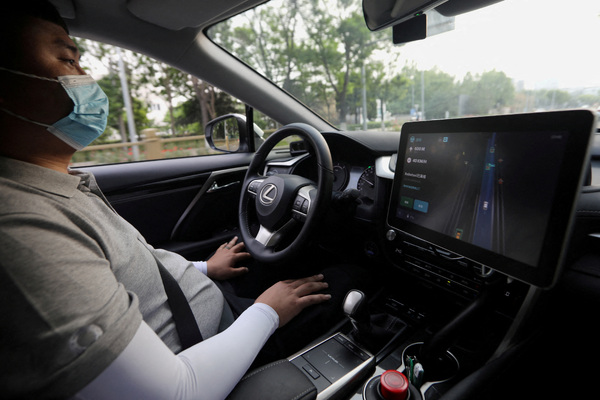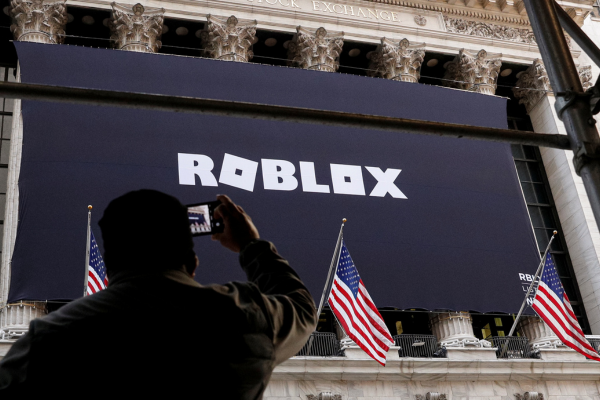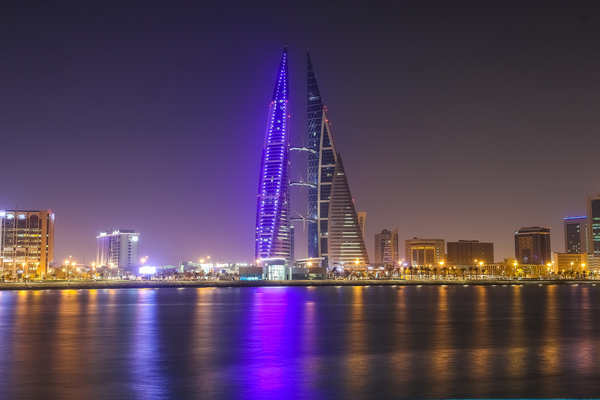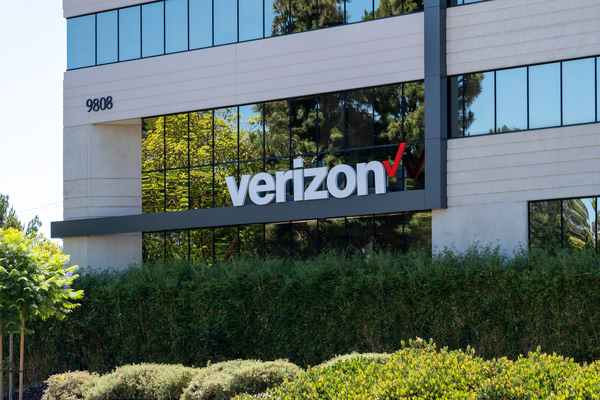Future cities: new challenges mean we need to reimagine the look of urban landscapes
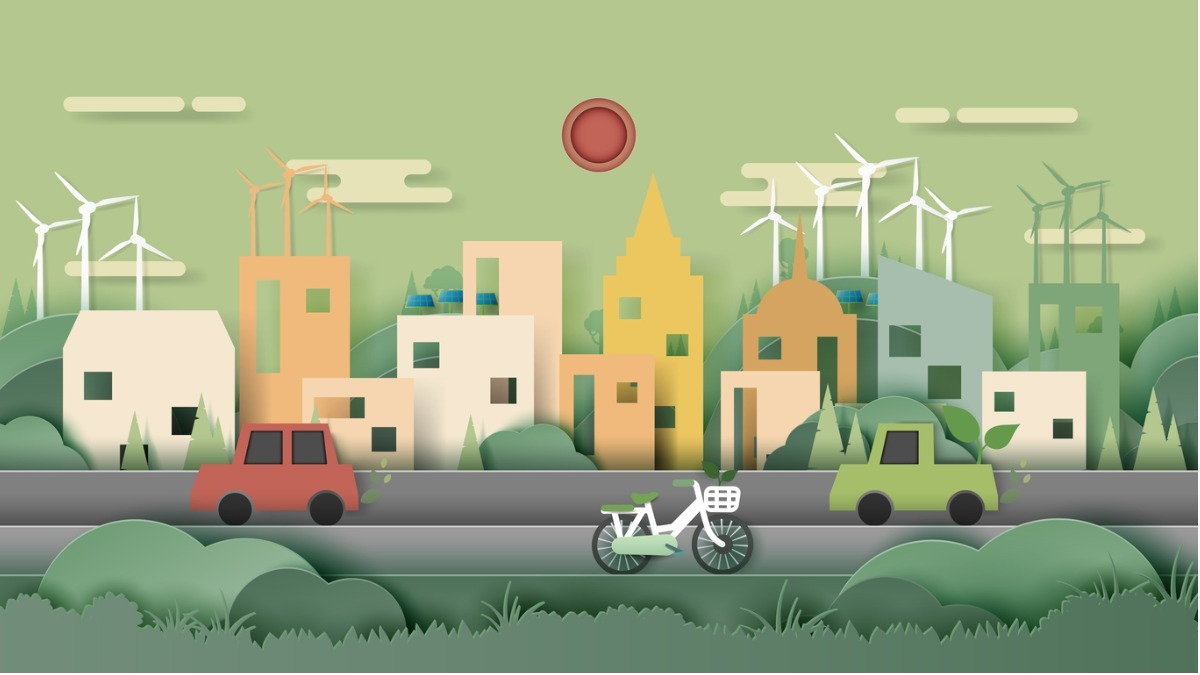
Imagining future cities has long been a favourite activity for architects, artists and designers. Technology is often central in these schemes – it appears as a dynamic and seemingly unstoppable force, providing a neat solution to society’s problems.
But our recent research has suggested that we need to significantly rethink the way we imagine future cities, and move our focus from an overarching technological vision to other priorities, such as environmental sustainability and the need to tackle social inequalities.
We need to answer questions about what can be sustained and what cannot, where cities can be located and where they cannot, and how we might travel in and between them.
The coronavirus pandemic has further reinforced this need. It has profoundly disrupted what we thought we knew about cities. It has further sharpened existing inequalities and brought about major challenges for how we physically live and work together.
The future – yesterday
The architect and influential urban planner Eugène Hénard was arguably the first to publicly discuss “future cities” in Europe during his 1910 address to the Royal Institute of British Architects in London. His vision anticipated the technological advances of the future, such as aerial transportation. This approach, prioritising technology, was also evoked in cinema in Fritz Lang’s 1927 film Metropolis.
It was also mirrored by architects such as Le Corbusier in projects such as the 1924 Ville Radieuse (The Radiant City). In this work, Le Corbusier developed his concept of the city as a symmetrical, regulated, and highly centralised landscape.
Such an approach can be traced through many subsequent visions for cities, portrayed as the physical embodiment of technological prowess.
A new focus
But rather than simply focusing on technology to shape our future, we also need to look at it through social and global lenses. These alternative approaches are increasingly urgent. To provide a safe and sustainable world for present and future populations, we need to think beyond “solutionism”. This is the idea that every problem we have has a technological fix.
An identifiable shift in how future cities are being conceived, designed and delivered concerns the people involved in these processes. This ranges from localised projects to global initiatives. For example, the Every One Every Day project in Barking and Dagenham in London aims to make practical participation in neighbourhood projects inclusive and available to all residents. On a much wider scale, the New Urban Agenda global vision by the United Nations’ Habitat programme, meanwhile, calls for more inclusive and sustainable urbanisation and settlement planning.
 original article.
original article.
Business Reporter Team
Most Viewed
Winston House, 3rd Floor, Units 306-309, 2-4 Dollis Park, London, N3 1HF
23-29 Hendon Lane, London, N3 1RT
020 8349 4363
© 2025, Lyonsdown Limited. Business Reporter® is a registered trademark of Lyonsdown Ltd. VAT registration number: 830519543
